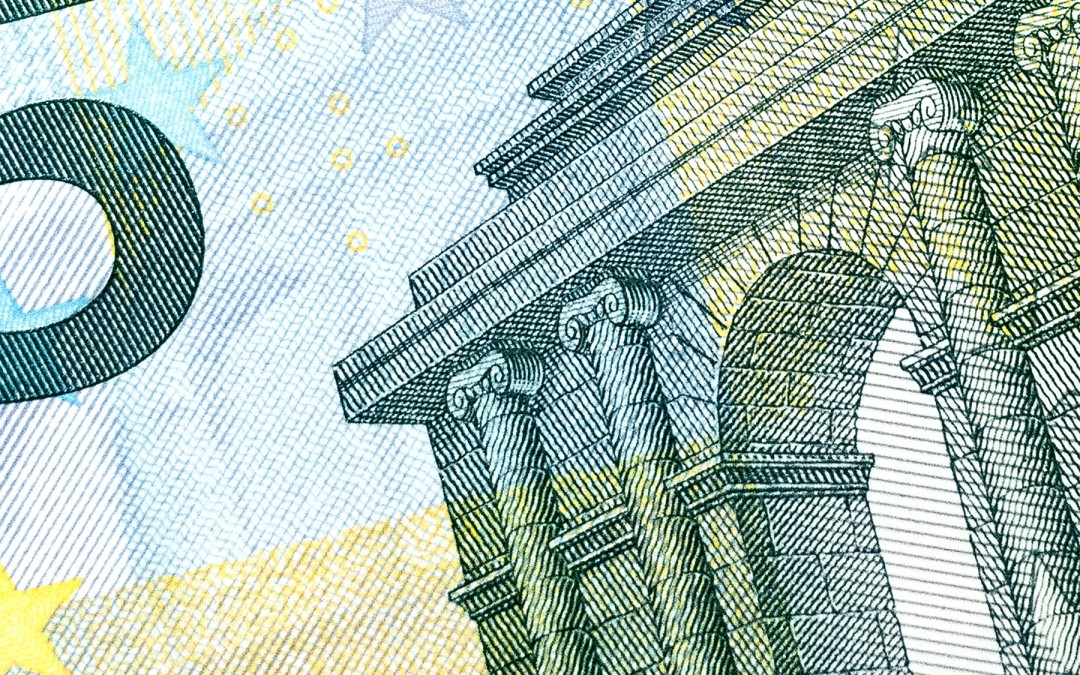As you may recall from last week, I invited you to take a survey to share what you plan to do with your tax refund.
Not too surprisingly, the majority of people who completed it said they plan to use their tax refund to pay off debt. From a percentage standpoint, this is on par with the stats from the 2015 study done by the National Retail Federation.
And if you are one of the 100 million forecasted to receive a refund, you’ve got a nice windfall coming your way. The average refund is anticipated to be approximately $2,800. Not bad.
Even if it doesn’t pay off all your debt, it gives you a chance to exhale a little bit and is enough of a bump to relieve some of your money pressure.
But before you write that check or schedule that bill payment, ask yourself this question: “If I never get another tax refund, would I still use this one to pay off my debt?”
You likely already have plans for your refund…in your head. You know which debt you’re going to pay. And, if you have multiple debts, you probably know how much you’re allocating to each debt.
What’s beneficial about the above question is that it slows you down just long enough to prompt you to think strategically about what you’re about to do so that you don’t just focus on what will feel good and give you a “win” in the immediate moment.
This matters because you may want to use your tax refund to pay off the highest interest debt you have, when a better choice would be to pay off the lowest balance instead.
It matters because you may want to use your tax refund to pay off all your debt, when a better choice would be to use some of it to add more cash to your emergency savings account. Especially if you don’t have three- to – six months of expenses saved.
It also matters because if you take the question seriously and really contemplate your actions ‘if you never got another refund,’ you’d have to come up with some other way to address the financial gap between what you have and what you need. And this is always a propitious exercise.
This once- a-year windfall is a good time to determine if, by using your tax refund to pay off your debt, your actions are addressing a core problem or symptoms thereof.
For example, if you have a spending problem, using the tax refund to pay off debt isn’t going to fix that in the long-run. The same is true if you are under-earning; your tax refund is only camouflaging the issue.
If you’re using your 2016 tax refund to pay off debt, be strategic about it.
Have a plan of action (preferably in writing, not just in your head), that indicates what debt/s you’re going to pay; how much you’re paying toward each; when (will it be as soon as you receive the refund or some other time); and why (note the tradeoff you’re making).
There’s no denying the financial and psychological benefit of a tax refund. Your money pressure feels a little less acute and your peace of mind ‘factor’ goes up a tad.
But tax refunds aren’t just about your finances as they are right now.
Your tax filings provide all sorts of clues about the life decisions you’re making. So, as crazy as it may seem to ask you to consider – “If I never get another tax refund, would I still use this one to pay off my debt?” – it is one of the smartest ways I know to get you to use the tax season as a time to engage in financial scenario playing.
Or, the kind of contemplation that will help you evaluate the difference between what you believe will feel good vs. what is good. Other wise known as weighing the short- and long-term factors of your choices.
Because, after all, you want your windfall to help you well beyond 2016, too.





